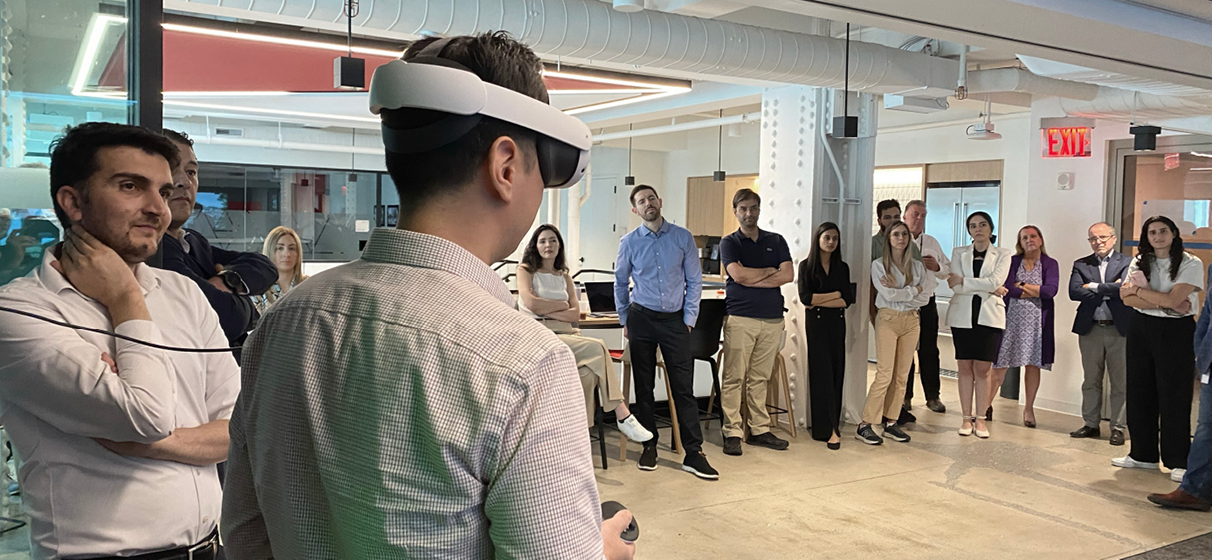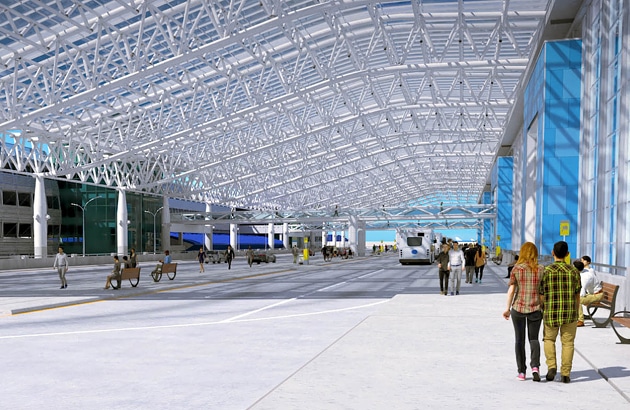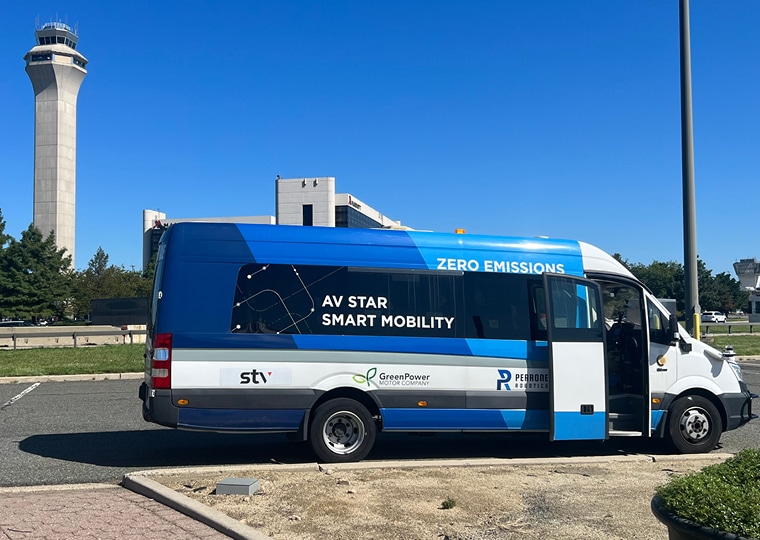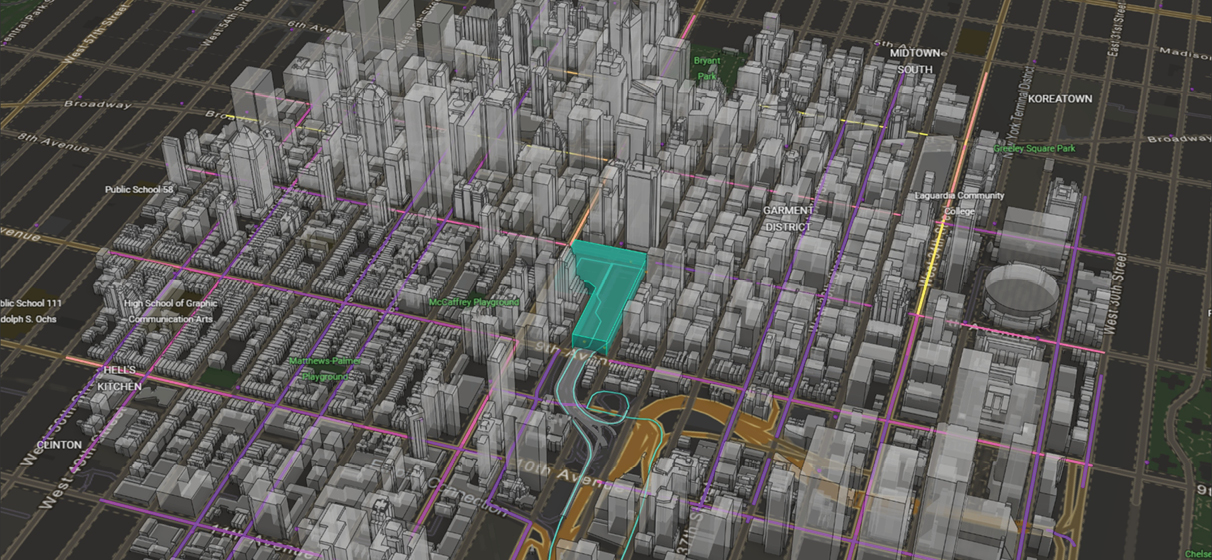As our STV team continues exploring the intersection of technology and engineering, we are seeing how virtual reality (VR) is profoundly changing the way we approach design and construction. Today, VR isn’t just a buzzword; it’s a transformative tool that’s reshaping industries – and we’re excited to be utilizing this technology to create better outcomes for our transportation clients as well as the communities we serve.
For our team, Unreal Engine, a cutting-edge 3D creation tool originally designed for video games, has become a cornerstone of our VR-based visualization efforts. It’s incredible to see how this technology, once confined to entertainment, is now revolutionizing fields like architecture, engineering, and construction.
Imagine being able to walk through a proposed design before a single brick is laid or a shovel hits the ground. That’s exactly what Unreal Engine enables us to do. We’ve leveraged this tool to bring our projects to life, creating immersive, photorealistic simulations that help stakeholders truly understand what’s being proposed.
Over the past few years, we have applied VR technology for several programs, including the Massachusetts Bay Transportation Authority (MBTA) Green Line Extension (GLX) project, where STV served as the lead designer as part of the Fluor Corporation/Middlesex Corporation/Herzog Contracting Corp/Balfour Beatty joint venture. This $2.3 billion initiative extends the existing MBTA Green Line by 4.3 miles, connecting communities across Massachusetts. Using Unreal Engine, we developed an interactive VR presentation that allowed stakeholders to navigate the design choices in a way that traditional 2D plans and renderings simply can’t match. Watching clients virtually “walk” through the project and provide real-time feedback was a game-changer. It streamlined the approval process and ensured more informed design decisions.
For the Amtrak Moynihan Trail Hall Customer Service Facilities Enhancement Study, we took our approach a step further. By combining Unreal Engine with other advanced tools like 3ds Max and Revit, we created immersive, photorealistic renderings and animations. Stakeholders could experience station layouts, platform designs, and urban connections in VR while simultaneously reviewing traditional 2D drawings. This dual approach allowed them to evaluate customer experiences and operational workflows early in the design process, reducing delays and minimizing costly revisions.
The benefits of VR go beyond visualization. As engineers, we always strive to reduce costs and improve efficiency, and VR helps us do that. By testing designs in a virtual space, we can identify potential issues before construction starts. This means fewer changes during the build phase, better material utilization, and faster approval timelines. It’s a win-win for everyone involved.
Of course, integrating VR into large-scale projects isn’t without its challenges. High-quality data is essential, as is specialized expertise in both VR development and engineering. Building these capabilities within our team has required significant effort – collaborating with VR specialists and investing in ongoing training. But the payoff is undeniable.
Looking ahead, the potential of combining VR with artificial intelligence (AI) is what excites our team the most. AI-powered VR simulations can predict the impact of different design scenarios, making our models not just visually compelling but also data-driven. Community members can interact with these models, provide real-time feedback, and see how their input shapes the project’s development. It’s an incredible way to ensure equity and accessibility in design. By simulating user experiences – whether for wheelchair users, parents with strollers, or elderly pedestrians– we can identify and address design flaws that traditional methods might miss.
We truly believe that VR and AI are the future of building design and civil engineering. By embracing these technologies, we’re not just improving our projects; we’re creating smarter, more inclusive designs that truly meet the needs of our communities. That’s what engineering is all about.









